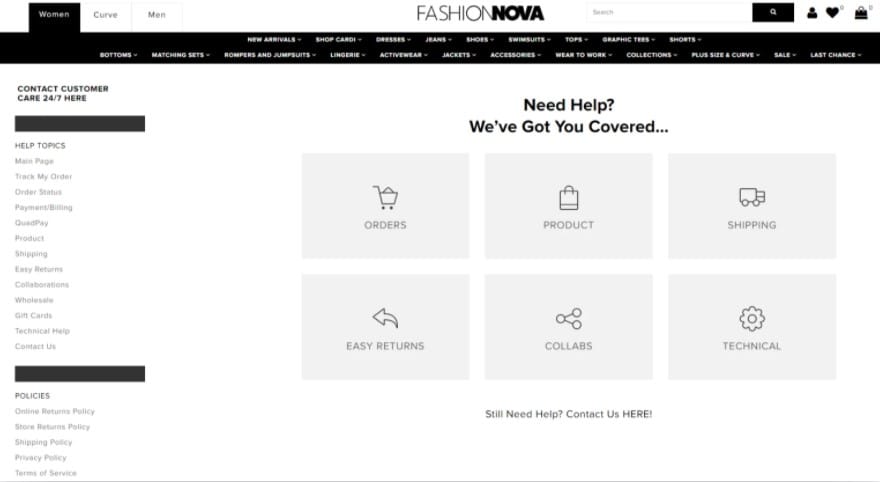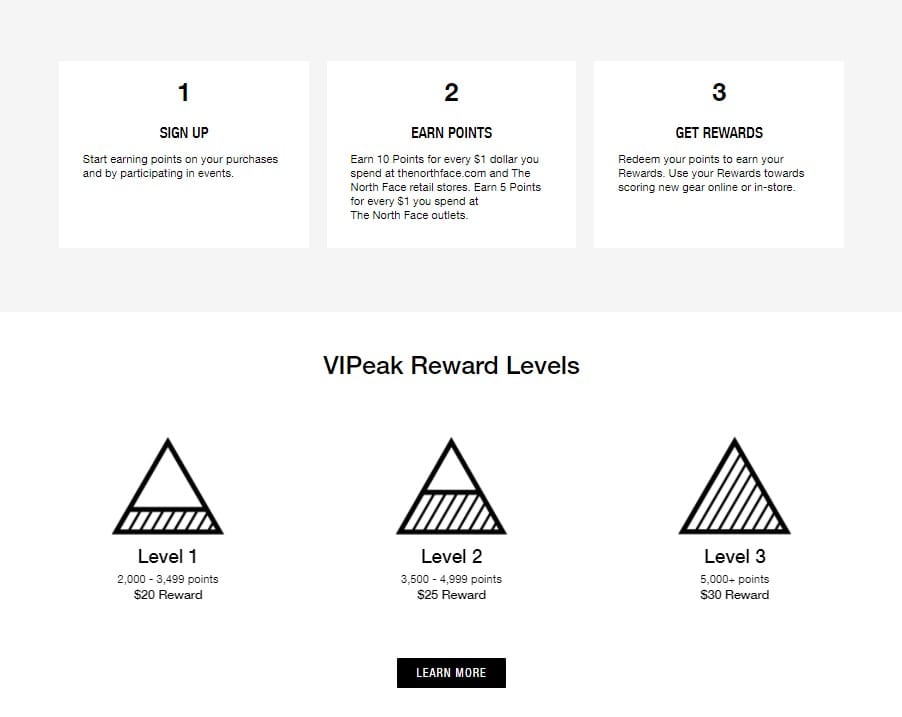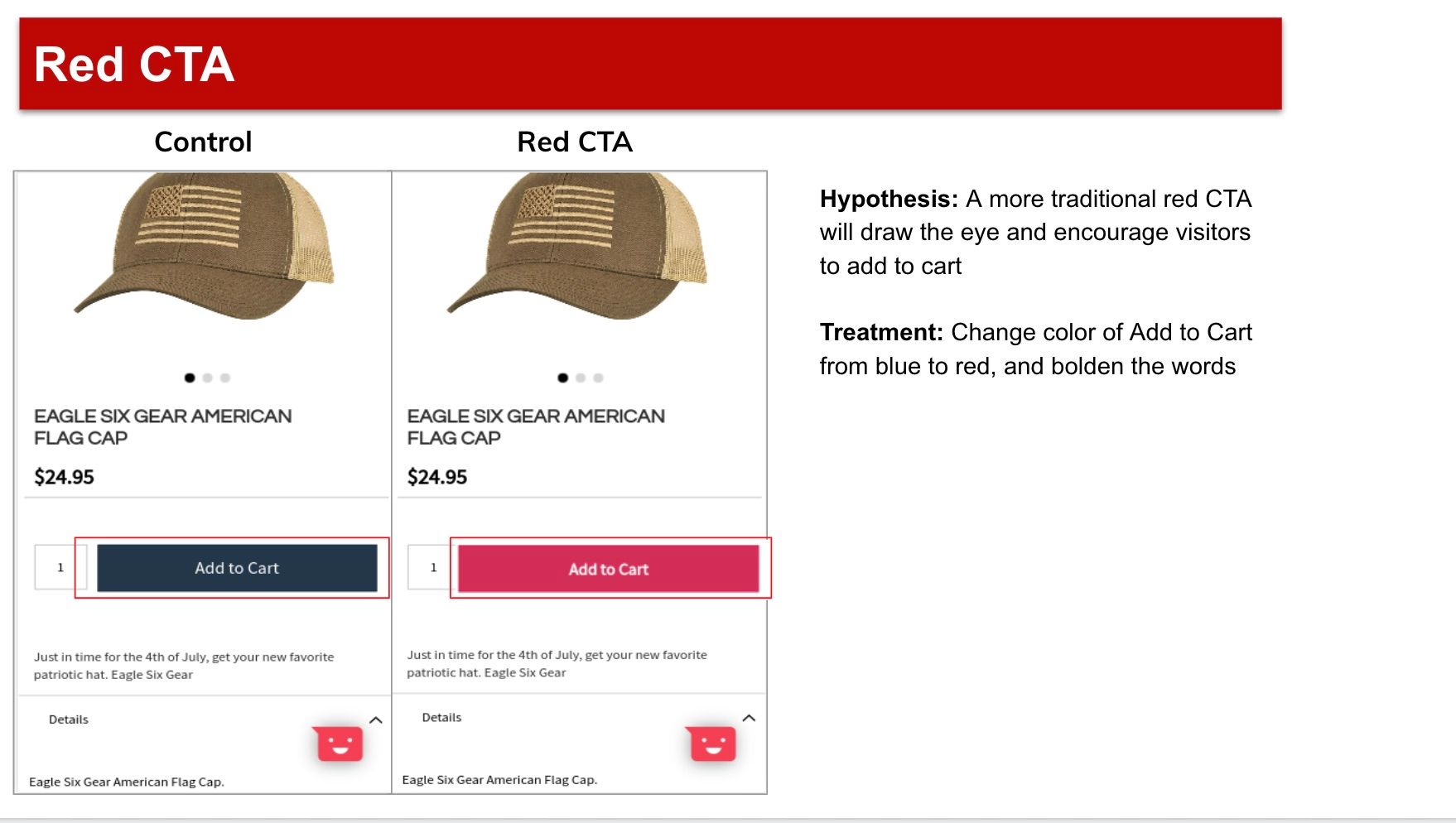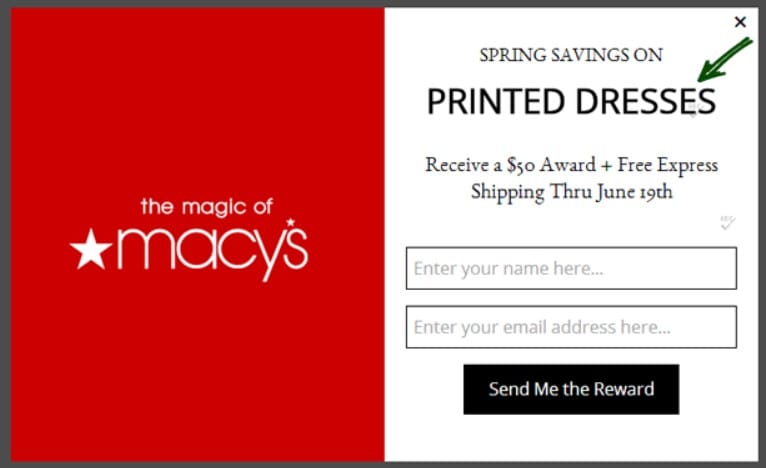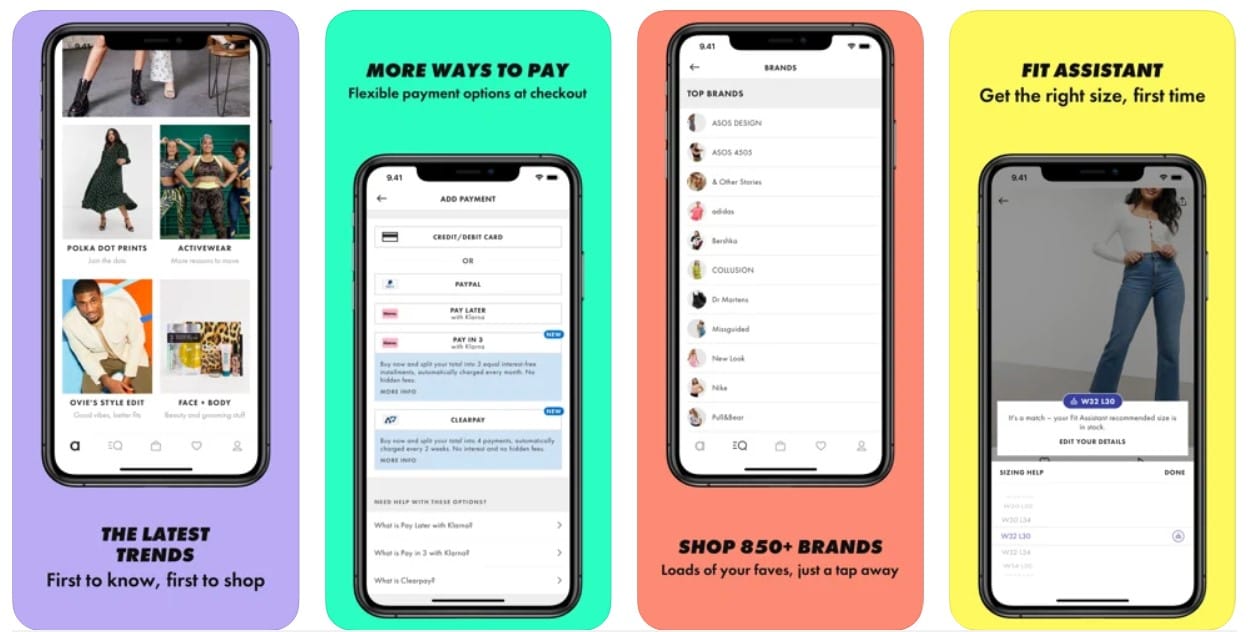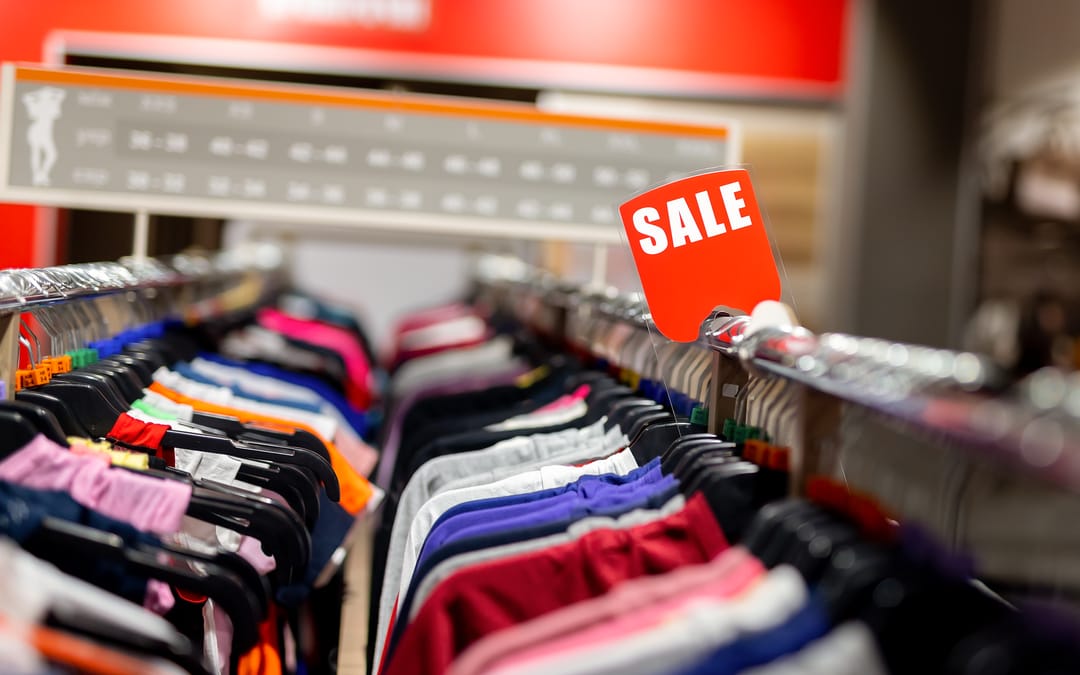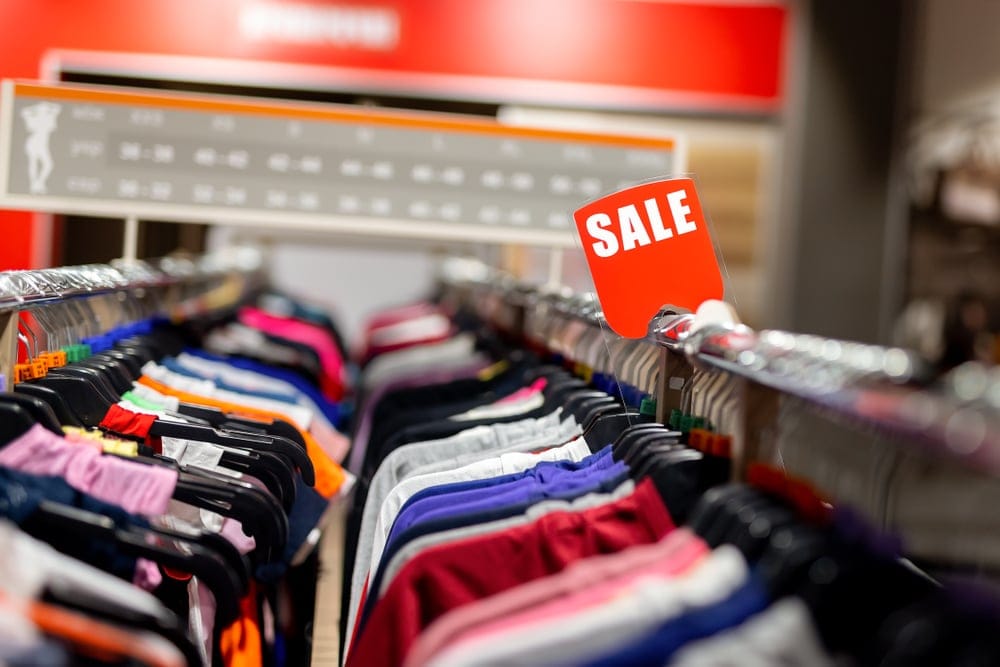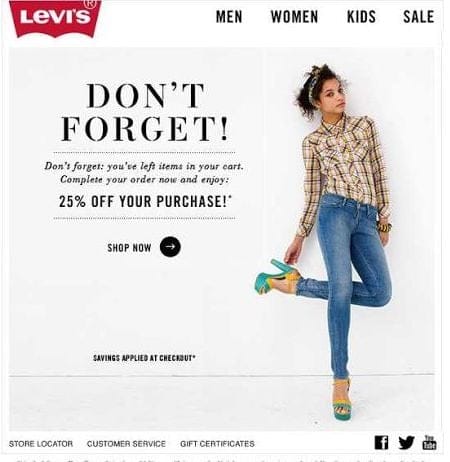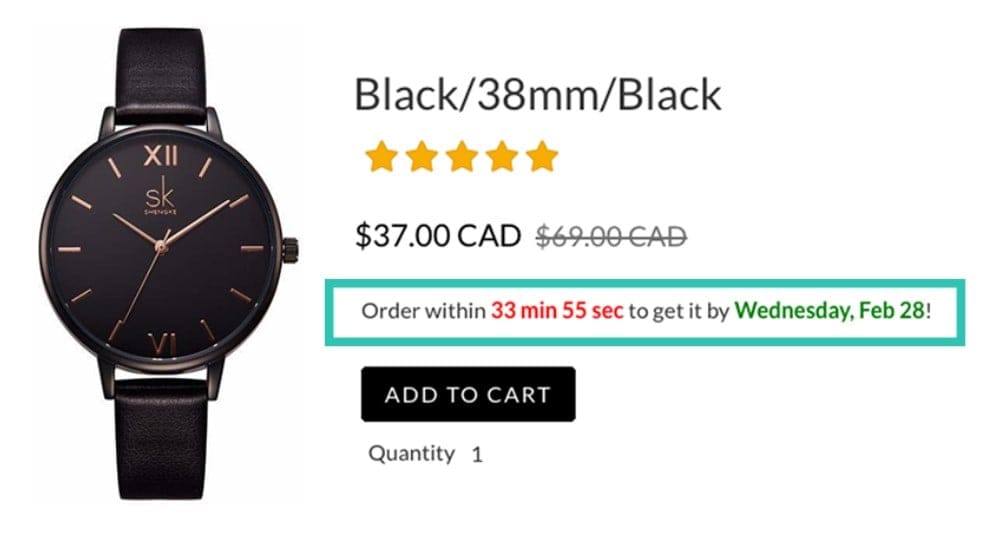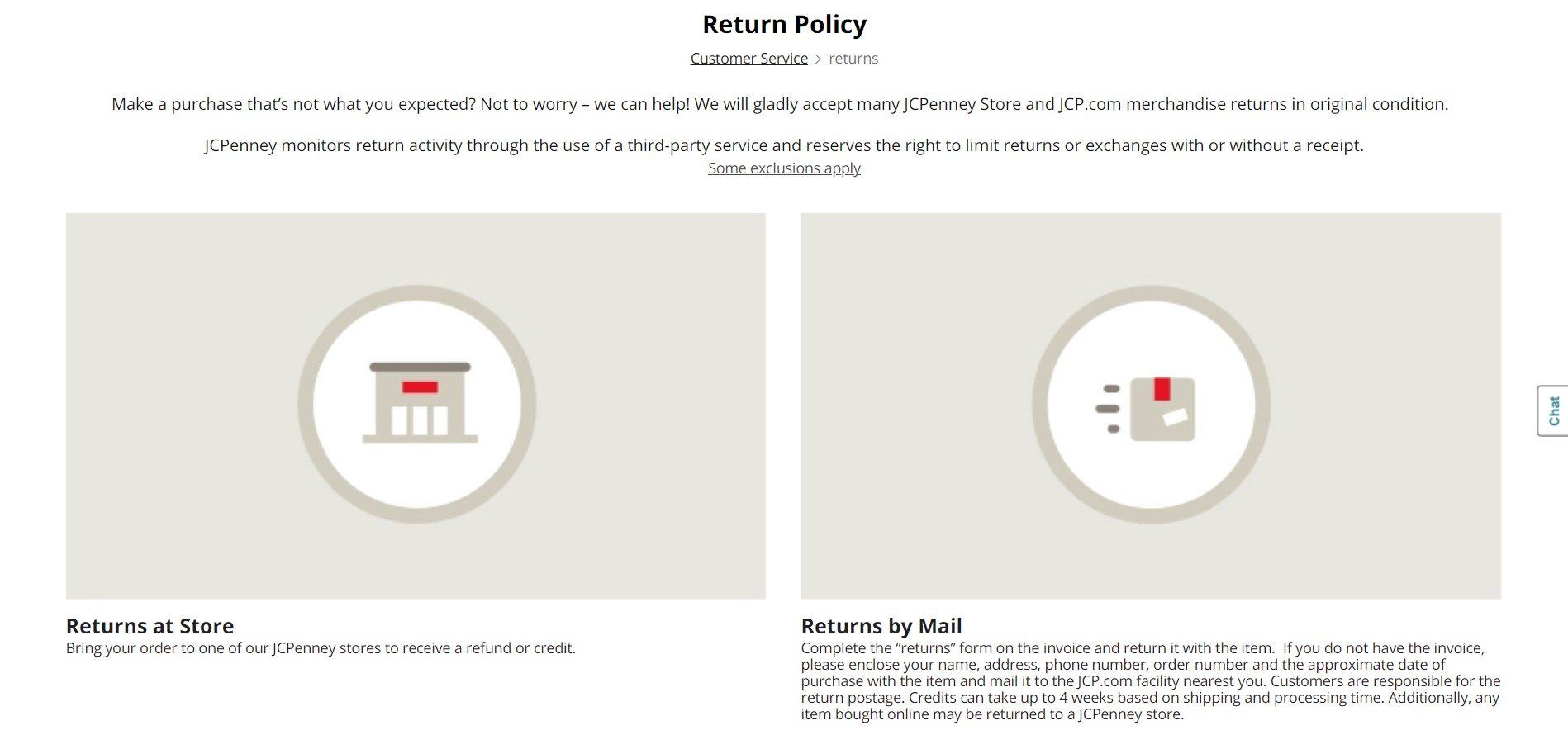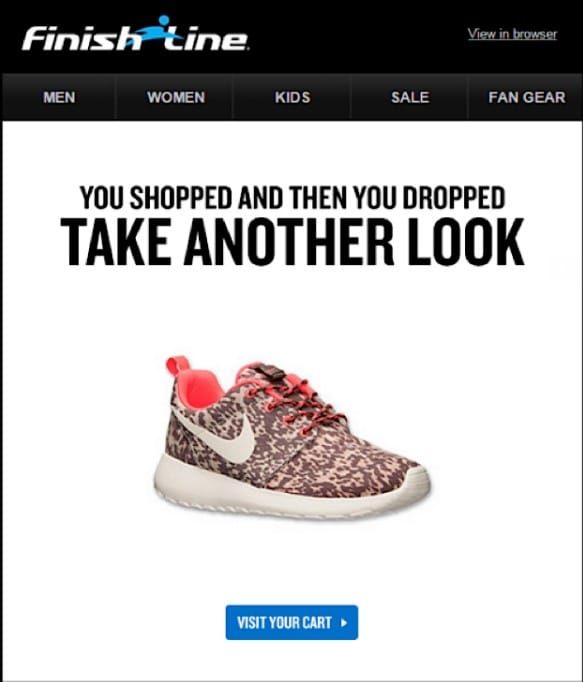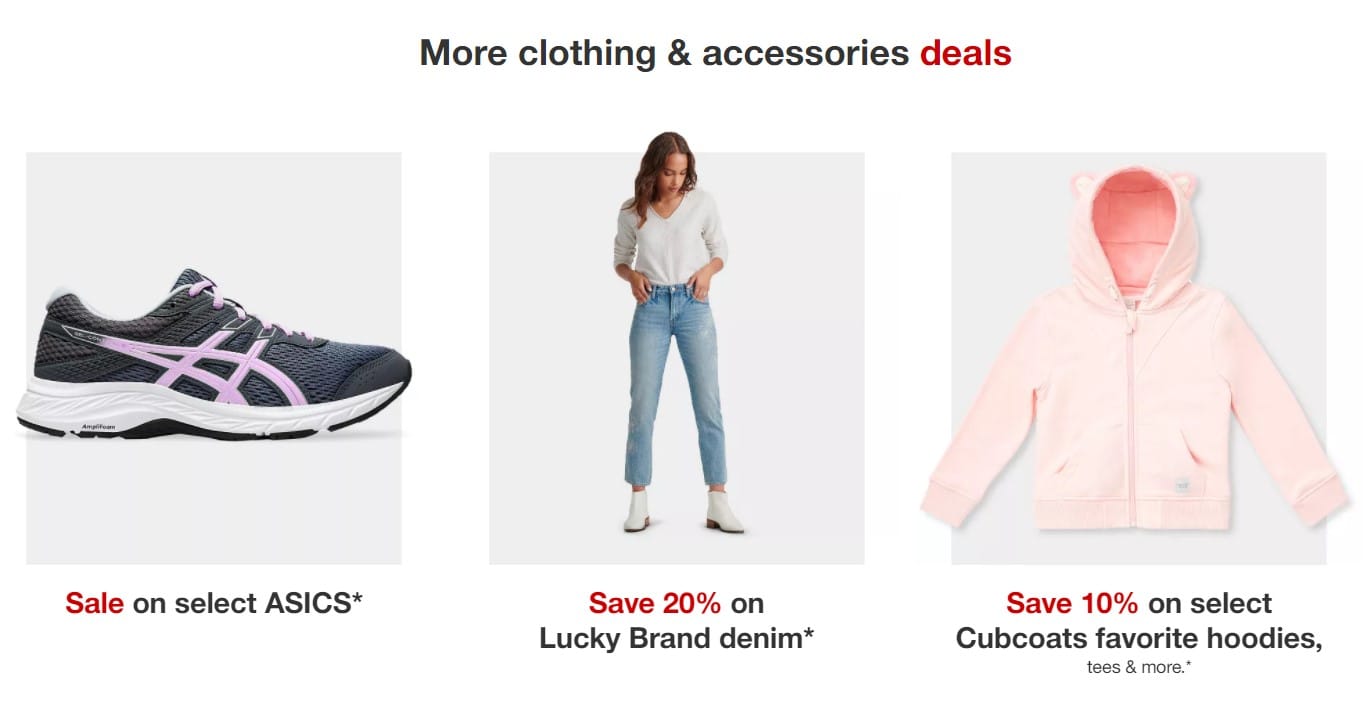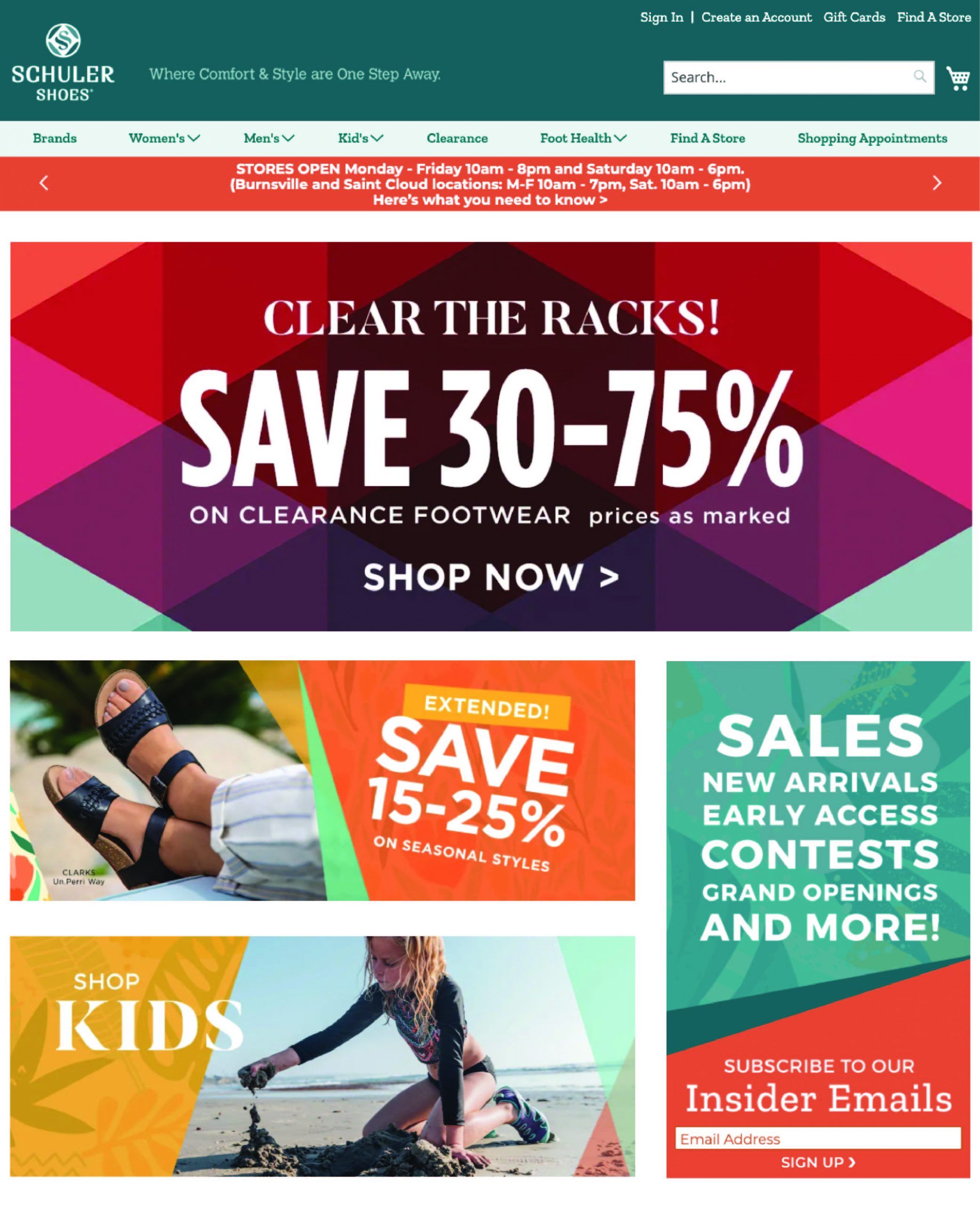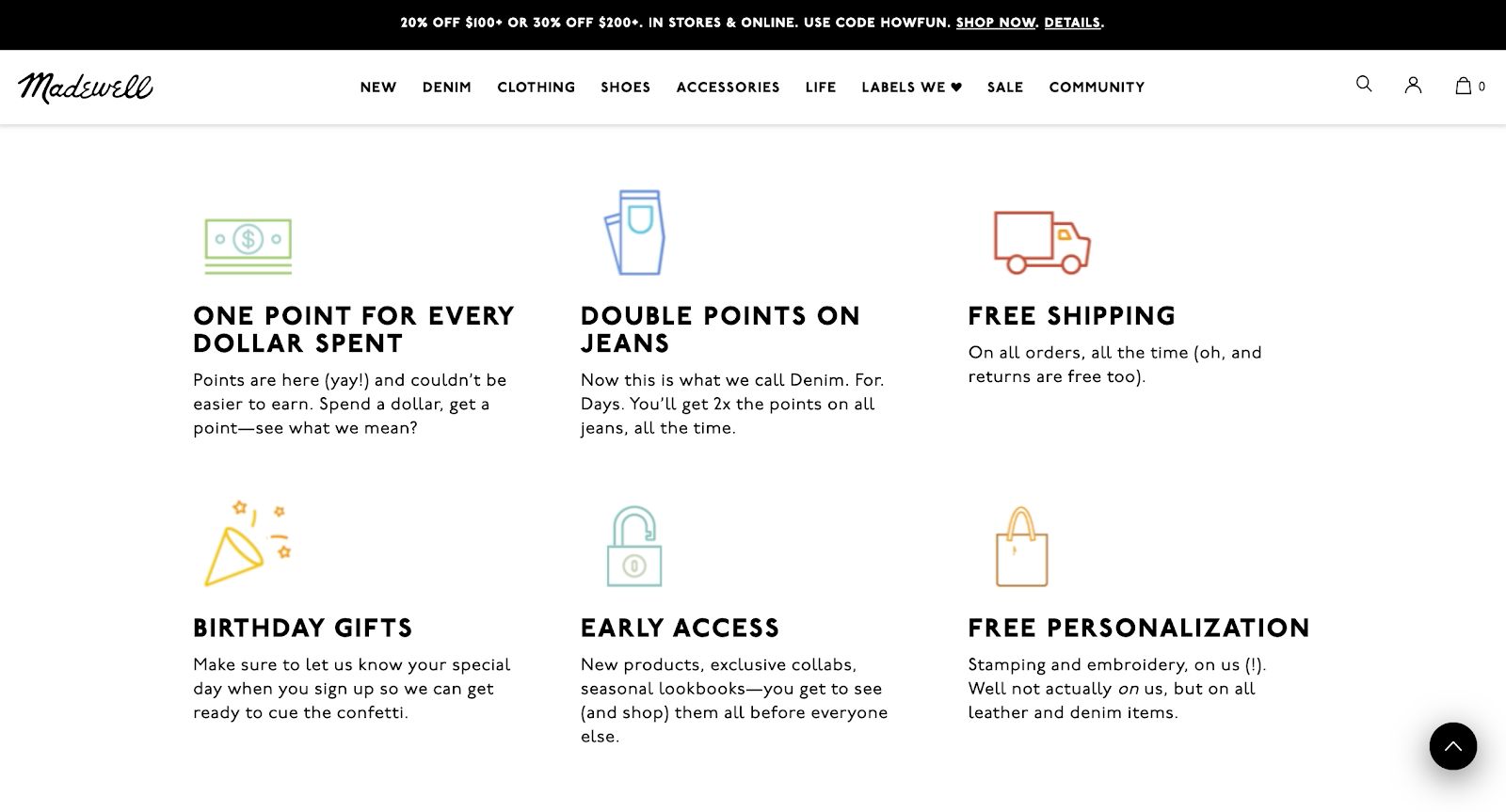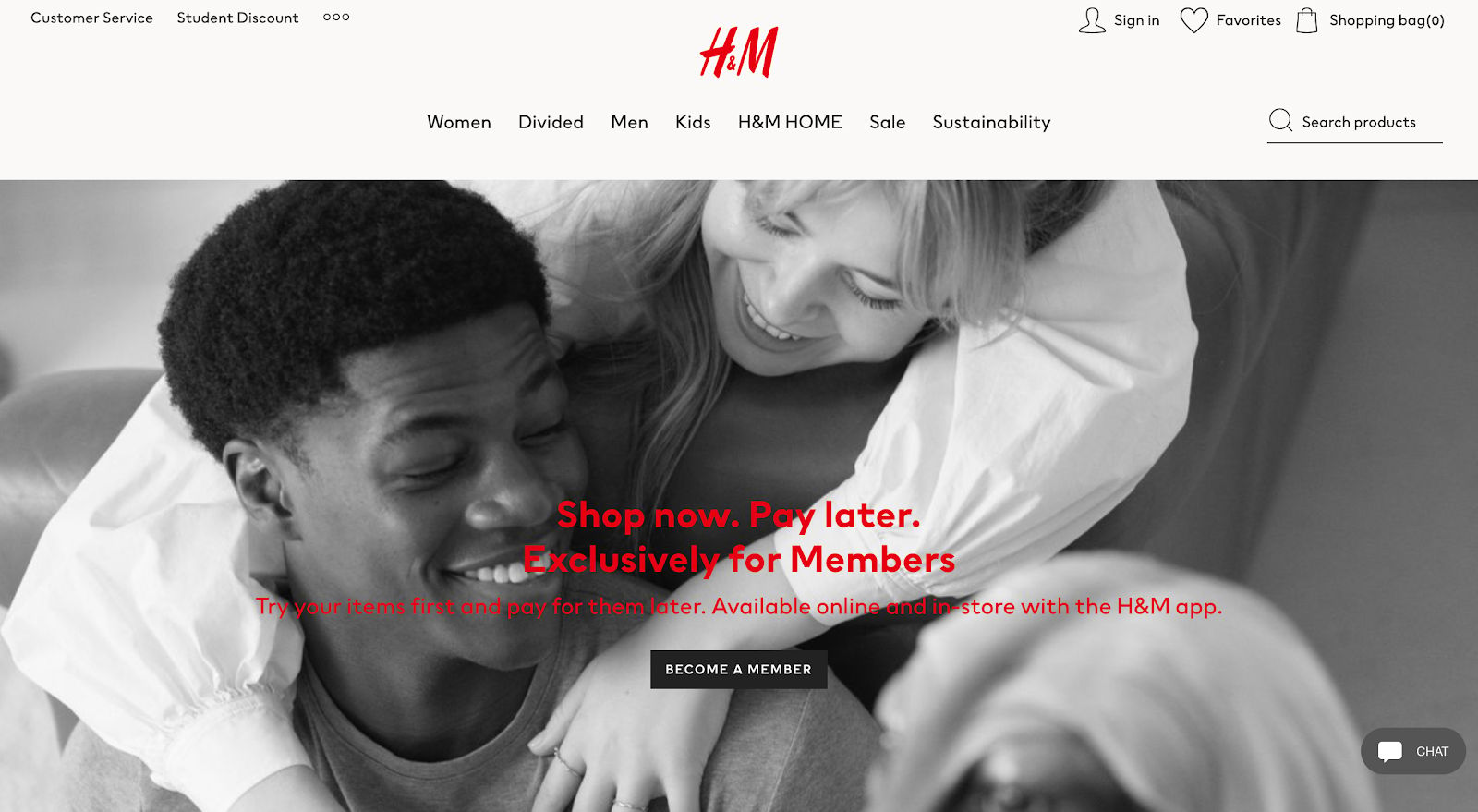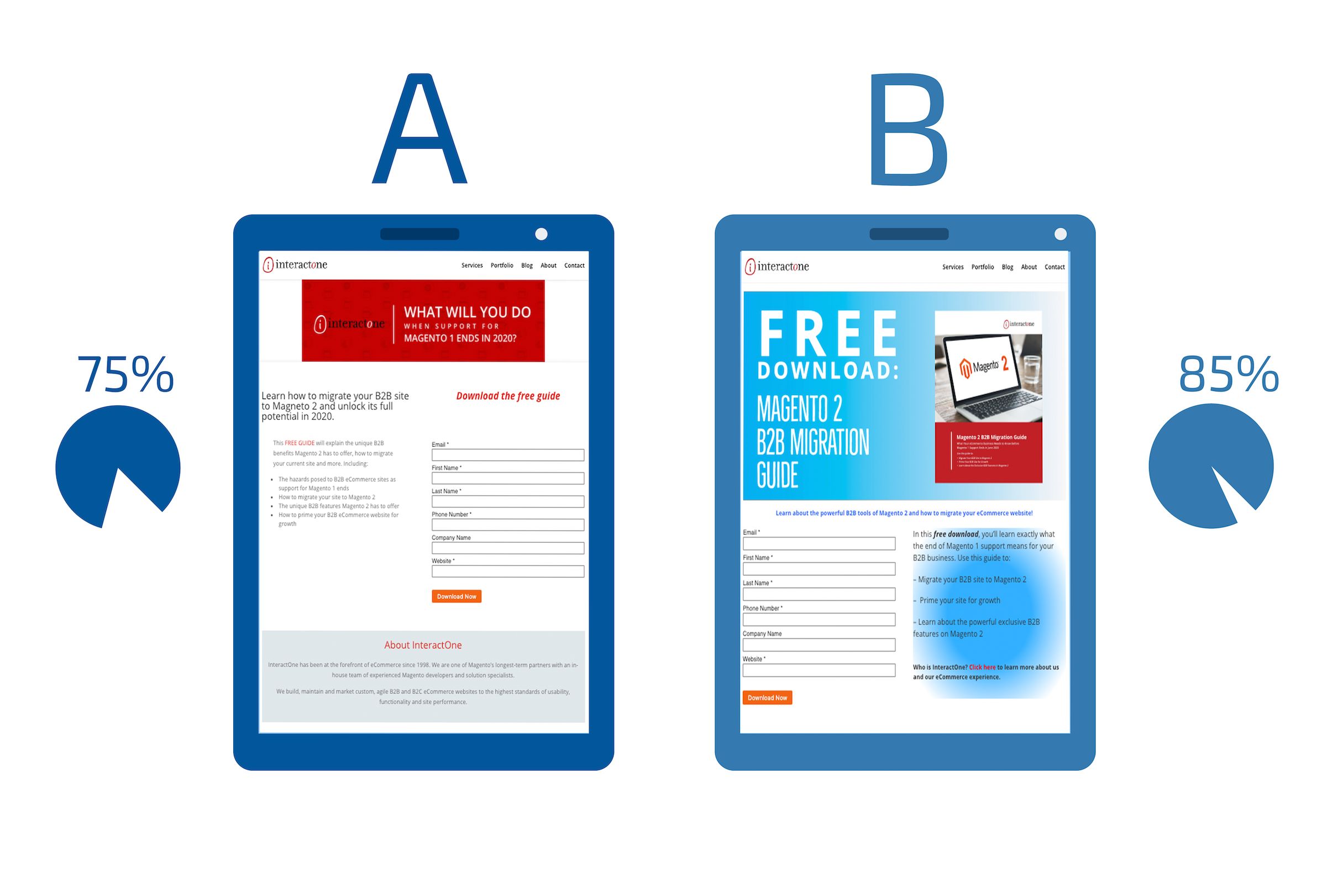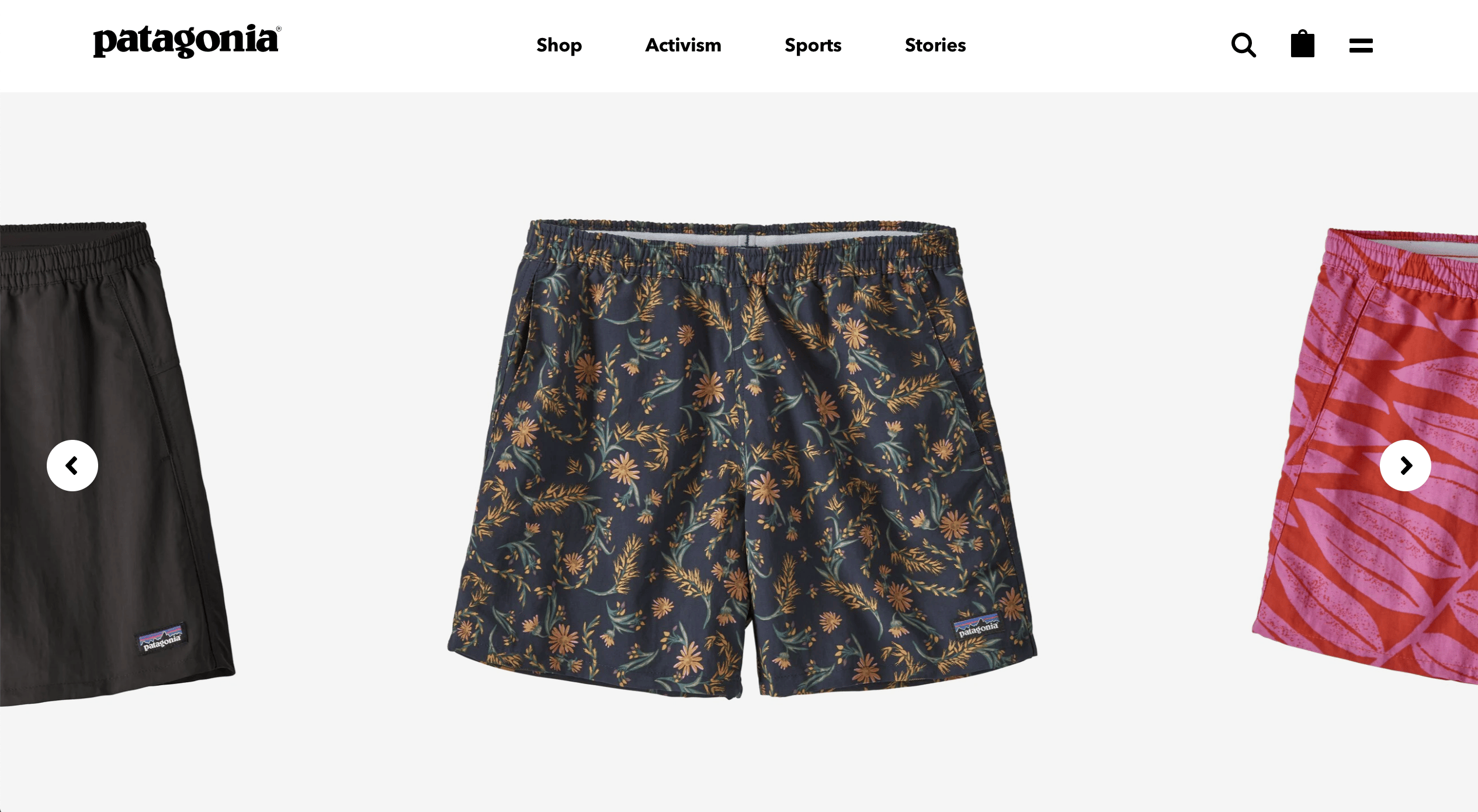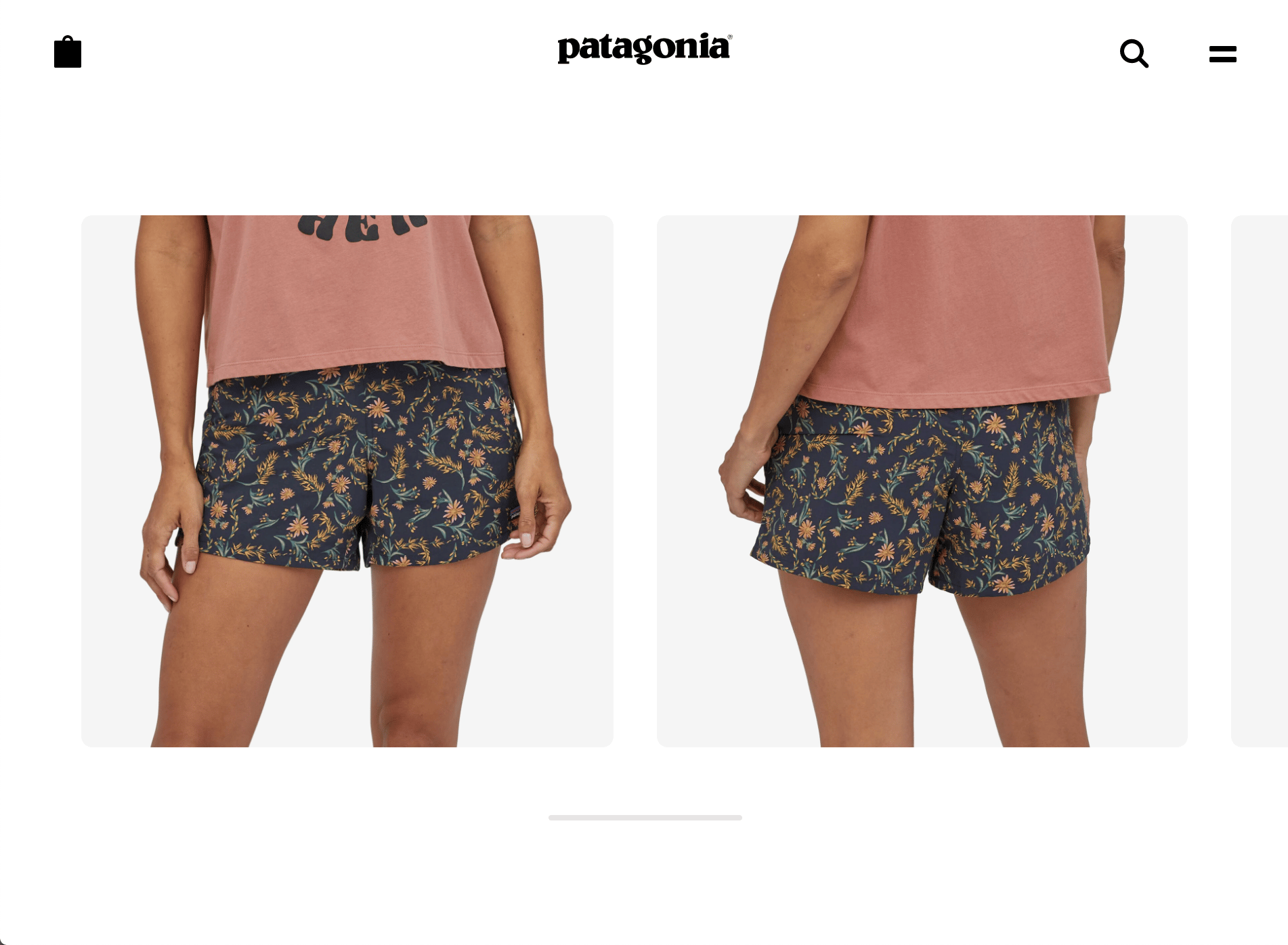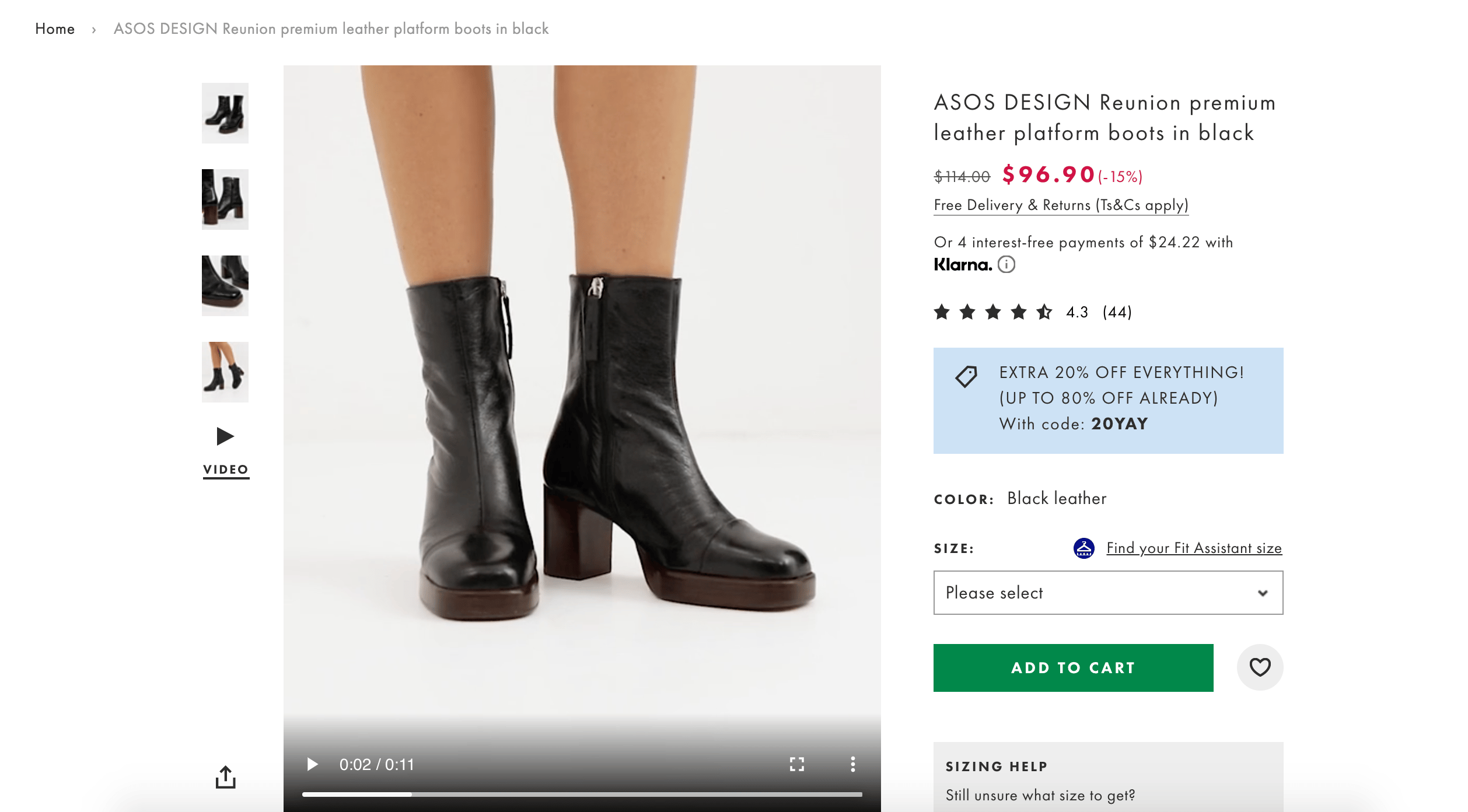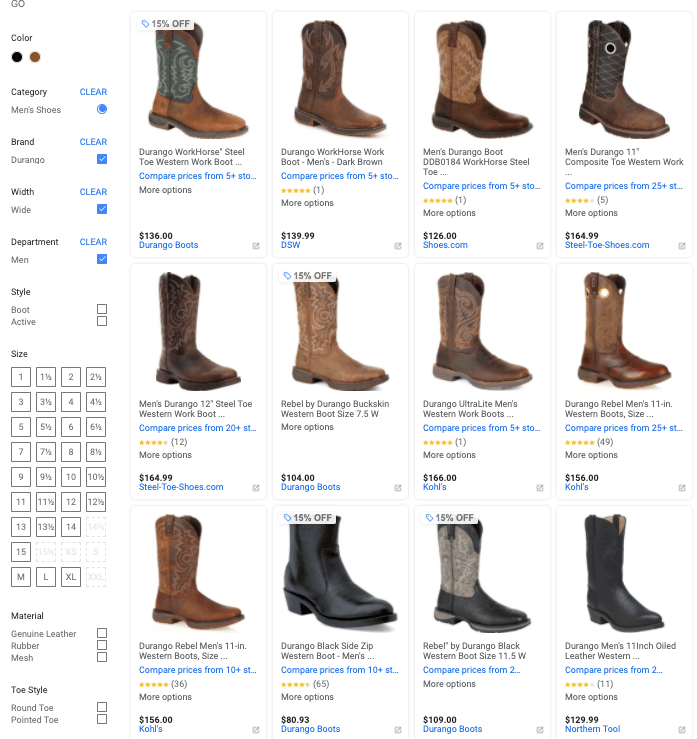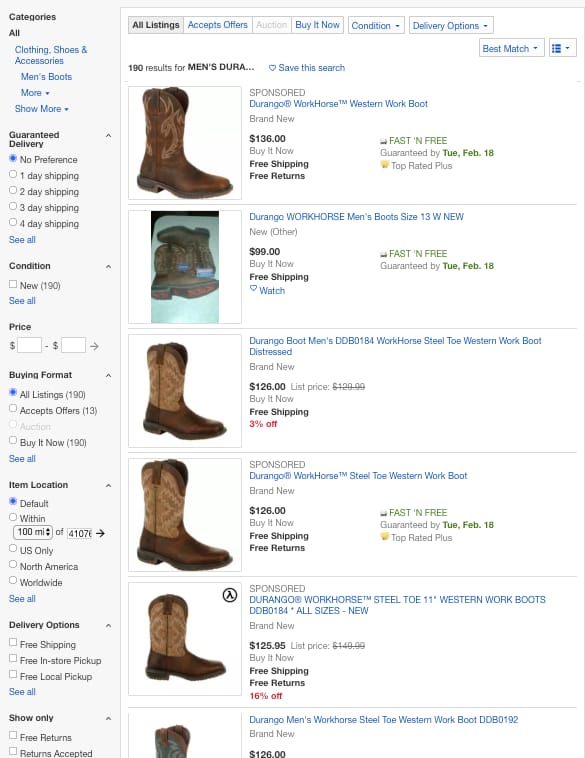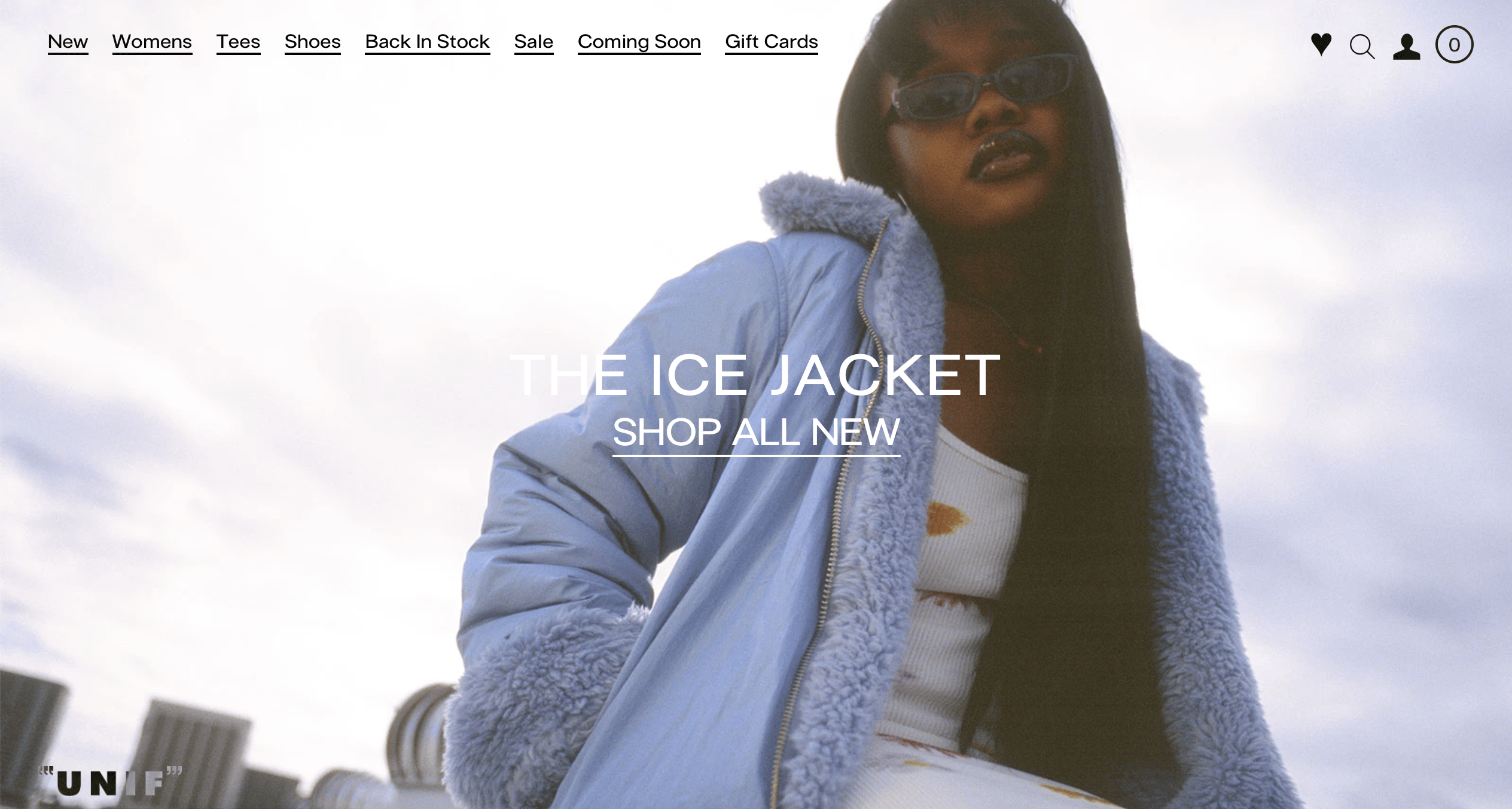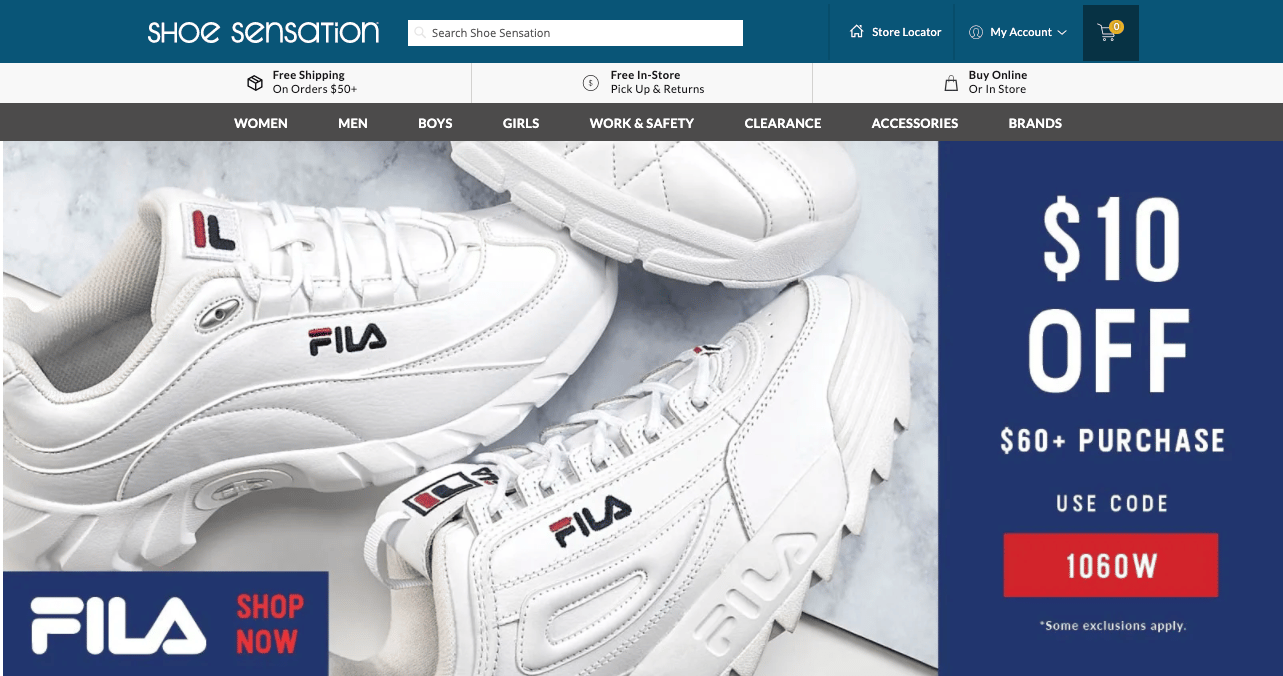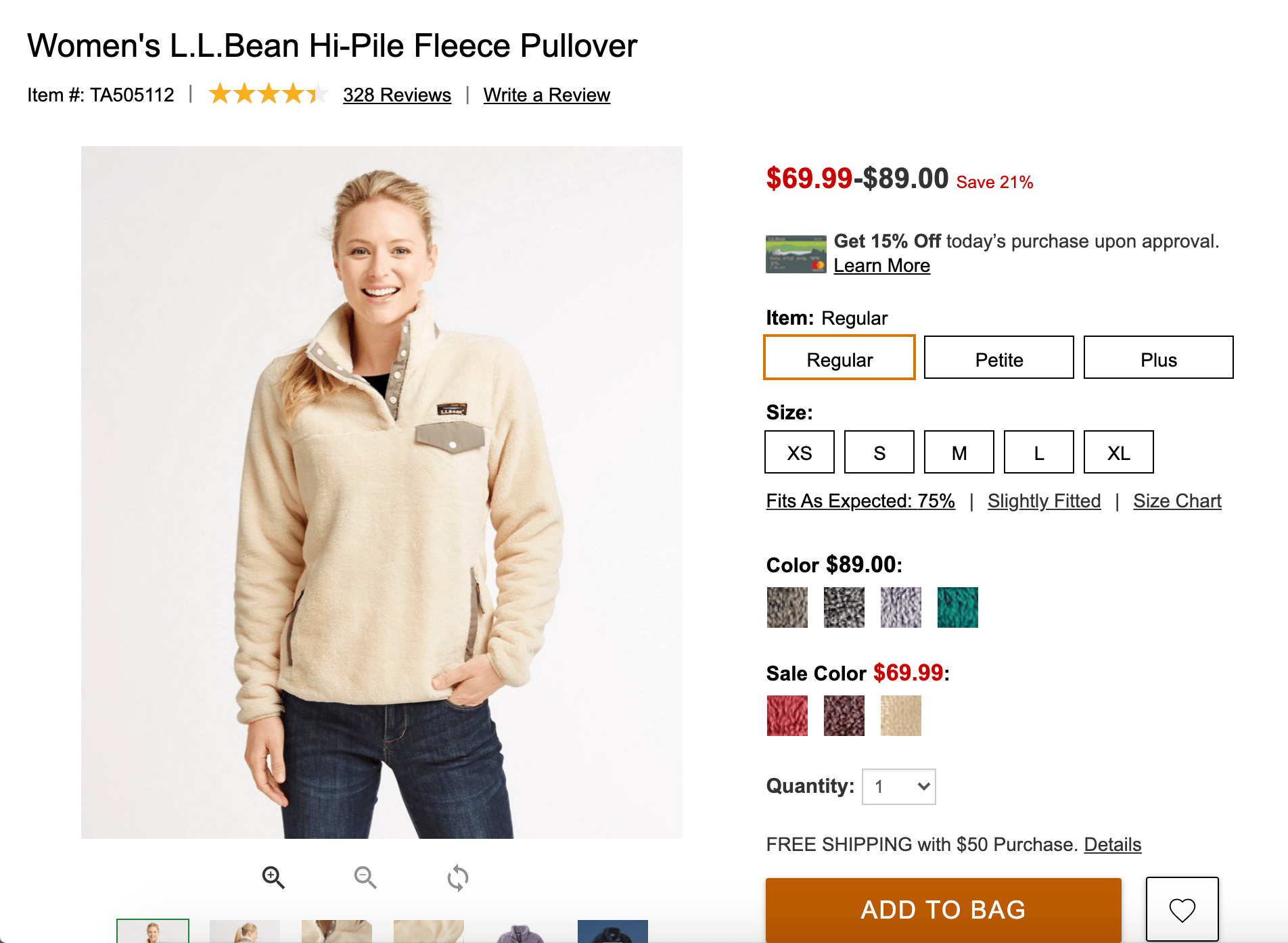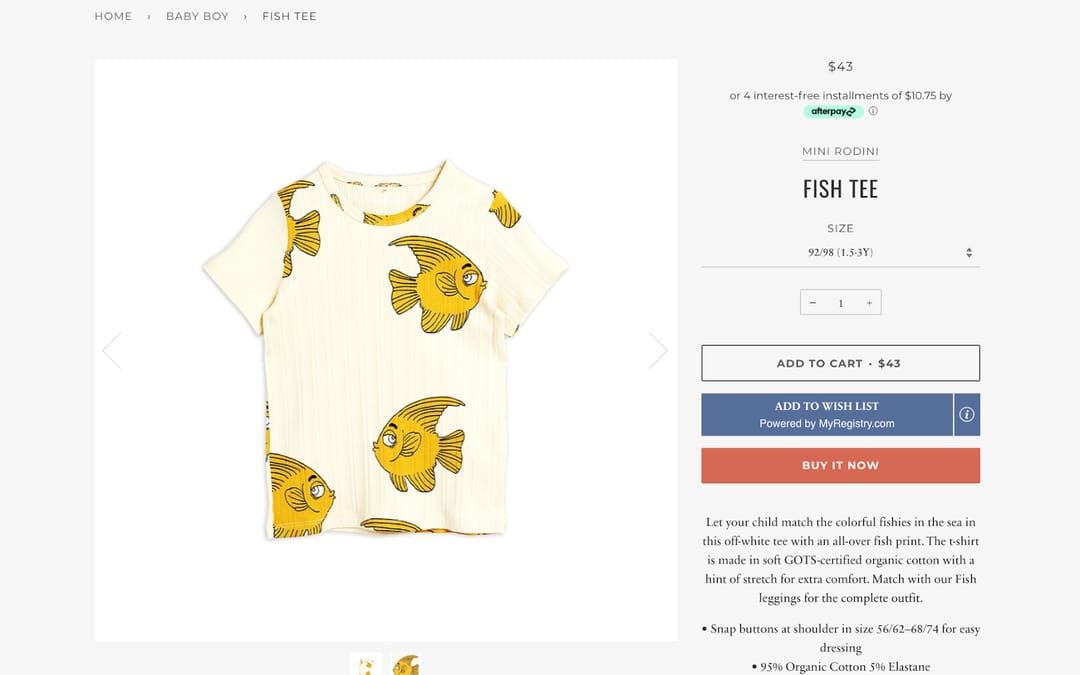
How to Optimize Your Apparel eCommerce’s Product Pages

Your product pages hold all the relevant information about the garments you sell. Most product pages include the product description, cost, customer reviews, images and call to actions. While many consumers enjoy viewing high-quality pictures of the clothing, it is not enough to drive sales. Instead, you want the user experience on your product pages to persuade shoppers to add items to their cart that ultimately lead to a transaction. If your conversion rate could use that extra boost, here is a guide on the best ways to optimize your apparel webstore’s product pages.
Write Unique Product Descriptions
Product descriptions are where your apparel brand’s writer can get creative. Creative product descriptions add life and personality to a garment. This personality is a showcase of who your brand is. Showcasing your brand’s personality throughout all the elements on your website will help you gain credibility and trust from your shoppers. The Fawn Shoppe has fun product descriptions for their children’s clothing:

This section of your product page is where your brand will describe the piece of clothing — the material, the color, the design, the different elements and any other relevant information. Every description needs to answer obvious and frequently asked questions that shoppers may have about the product. Always remember to include enough details about each product, so the customer knows exactly what they are buying. Product descriptions can also help with your SEO efforts. In general, your brand will rank higher in search engines if each product has a unique caption. No matter how tempting it is, do not copy and paste manufacturers’ descriptions or use description generators. Generic manufacturer description will actually drop your ranking due to the original caption already ranking for the first website.
A company that InteractOne works with, Schuler Shoes, includes unique, structured product descriptions that not only provide details but more information and questions and answers sections:
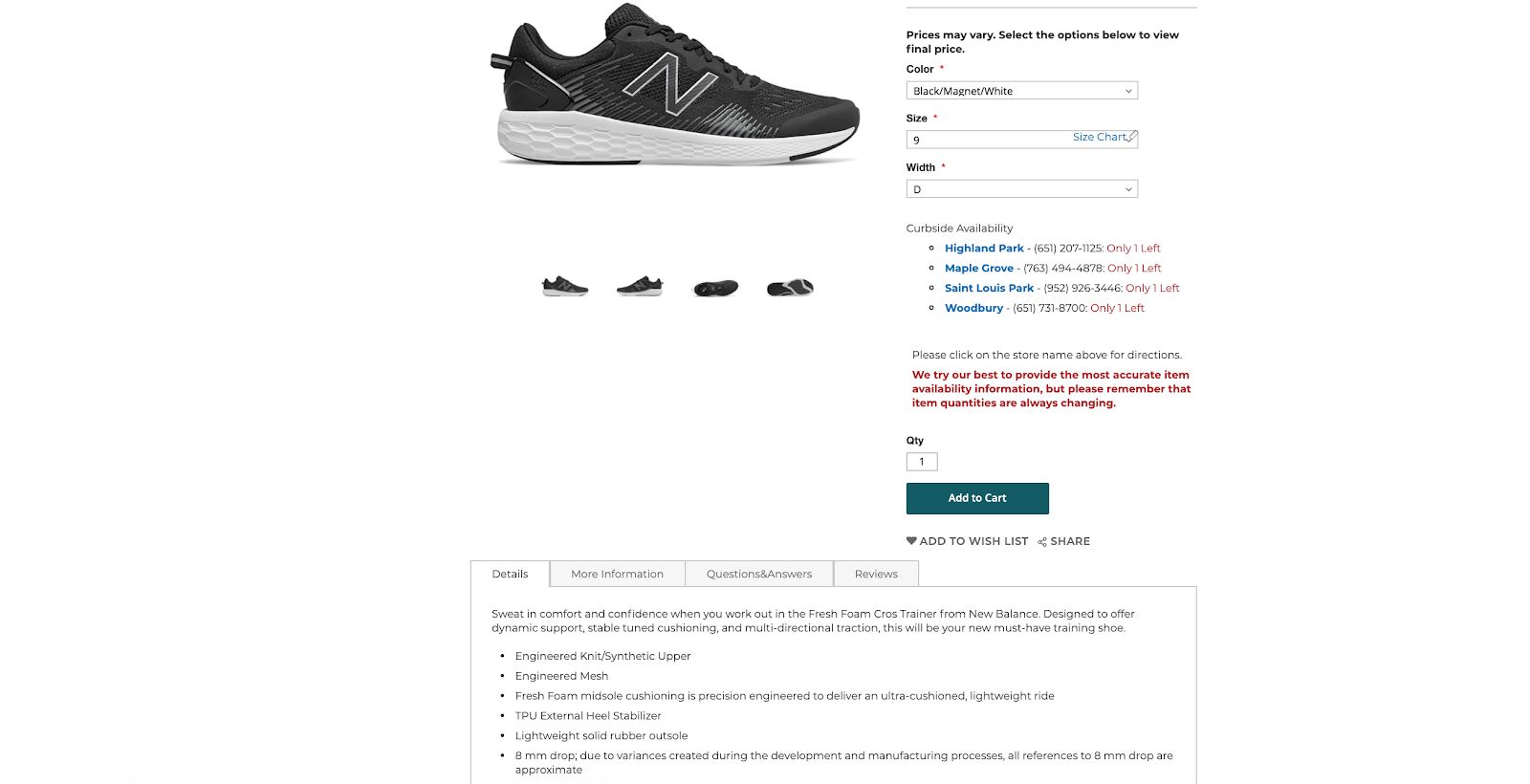
Allow Customers to Write Reviews
Reviews can play a huge role in helping a customer decide if they buy the clothing you are selling. On average, companies that include customer reviews have converted 58% more customers, increased revenue by 62% and increased order value by 3% over other webstores. Simply put, social proof is more important than ever and many shoppers look for reviews to explain the quality, the sizing and FAQs around products. When it comes to apparel, consumers also like to see how the piece fits on another person similar to their body type. Reviews are important for every type of eCommerce; however, since you can get a real image to show how the apparel items look on an actual person, you have a higher chance of gaining more reviews and customers if you allow reviewers to post images along with their written opinion. Some brands also allow customers to choose the size they are commenting on and their location.
Kabayare Fashion provides an excellent example of including customer reviews on their products:
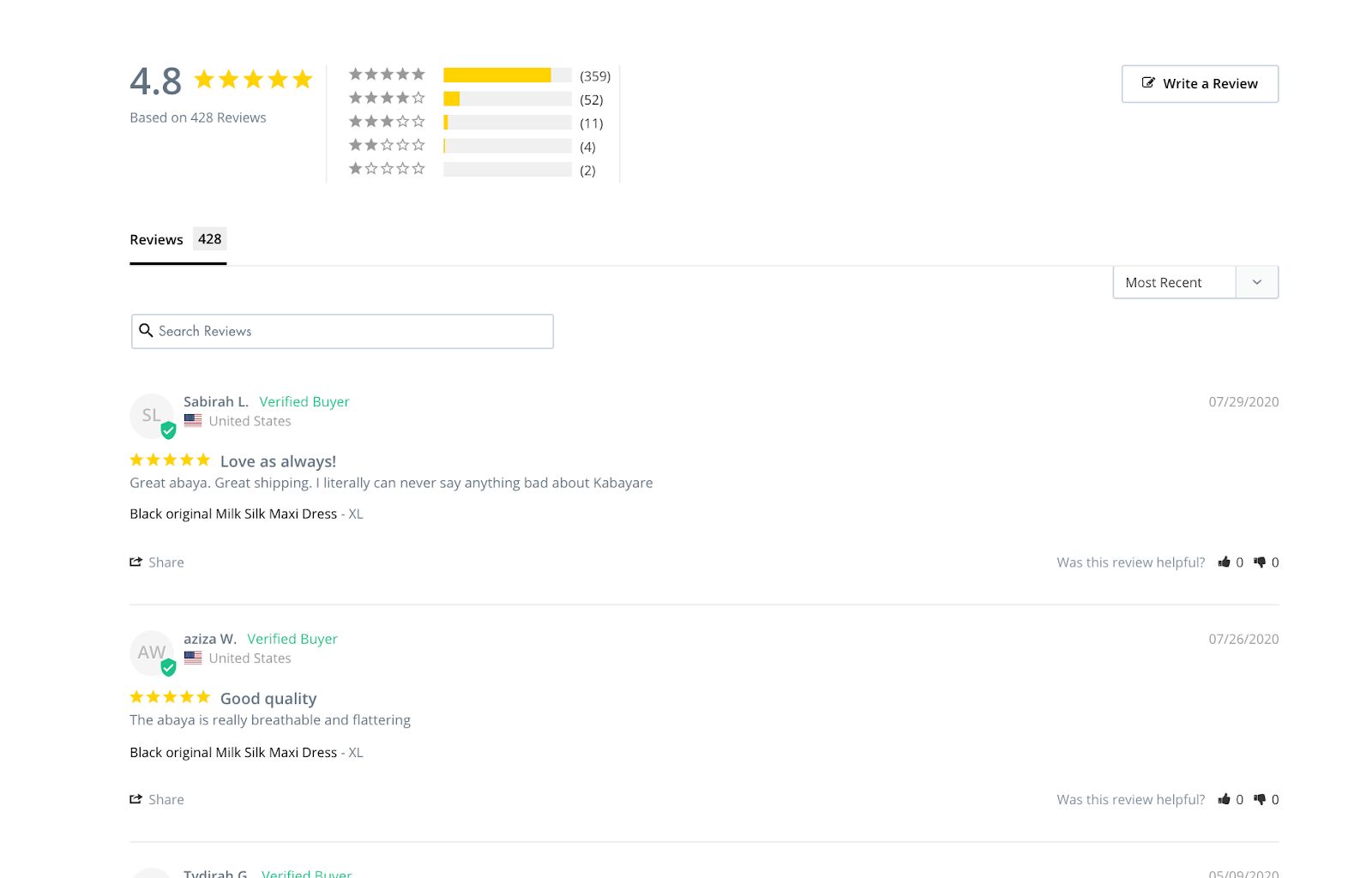
Include a Clear Call to Action
An important element on your product pages that needs to be fully optimized is the call to action (CTA.) This is where users will click and add the item to their cart. On all your pages, you need to place your CTA front and center and not around any design or copy elements that would be distracting. Keep the copy inside the button simple and direct like Add to Cart, Buy Now or Reserve Now. If you are not sure if your CTA buttons are working, you can A/B test the design, placement and copy. You can spend hours A/B testing on your own, but a knowledgeable marketing firm can efficiently and quickly zero down onto the issue and fix it right away.
Use Unique, High-Quality Media
One of the first elements that customers will see once they enter your product page is its media. When we refer to media, we’re referring to any images, graphics or videos. All the media on your product pages need to be unique from each other and high-quality so shoppers can see everything. For product images, include different angles of the product, and for videos, show a 360 degree shot of the items. While working on your media, especially images, keep the dimensions and specifications as uniform as possible. This will help your user interaction and keep your brand looking professional. Customers, especially mobile users, prefer square photos and thumbnails. And, many companies like Amazon and Etsy use 1000X1000 pixels as their image requirement. Feel free to play around with image sizing on desktop and mobile before publishing the page live for shoppers to see. You can also add extra viewing tools like zoom controls so they can see even more details and embellishments up close.
Utilize SEO
As you already know, SEO is search engine optimization, which is the process of improving your website to increase its visibility on search engines like Google. Just like every other page or element on your website, product pages are an SEO-rich area. Optimized SEO on your apparel eCommerce’s product pages will help your brand rank higher in search engines. To have a fully optimized SEO, you will need to include all the SEO basics like unique title tags, meta descriptions, long-tail keywords, internal links, etc. If you want to dive deeper, we have an SEO checklist to help drive sales. Once you have the basics down, you can then include advanced SEO measures for better-optimized product pages. Since there are many elements, steps and requirements that go with setting up the perfect SEO, many companies prefer to work with a marketing team like InteractOne to help your brand’s SEO reach its fullest potential.
Include Social Media Proof
To not confuse social media with reviews, reviews are the content generated by customers that stays on your site, while social media is content created by your customers, influencers or even yourself that lives on the social media platform it was posted on. Social media is not for every apparel company but it can help out your product pages if your brand does use it. Just like how reviews help potential customers understand how others like the product, social media will help as well. People prefer seeing how the garment fits on another person similar to their size. The more social proof on product pages, the more potential customers you can reach. Social media proof on product pages also adds credibility and trust to your brand and clothing items. To learn more about how your brand can best utilize social media, we created a guide on the best social media tactics to use to increase traffic.
Stay on Brand
All the content on your product pages, whether it is images, videos, graphics, social media or copy, needs to reflect your brand. New and old customers should be able to recognize your brand instantly with every product. To stay on brand, follow the guidelines that your company created. Having a brand guide is vital in creating and implementing any designs, copy, graphics, videos and any other content you want to use. Essentially, how can you stay o brand and on message if your brand isn’t defined? That’s where you create a brand guideline that determines who and what your brand is. Once you understand the who and what about your brand, you can take that personality to the digital world. These guidelines need to include your brand’s copy and design elements, as well as your target audience.
There are many more ways to optimize your product pages. We even have a guide on the keys to a successful product page. To learn how InteractOne can help you increase traffic on your product pages and throughout your apparel webstore, contact us today.
Drop Us a Line At:
Or, if you prefer an old-fashioned phone call:
Phone (USA): (513) 469-3362
250 East Fifth Street 15th Floor PMB 664
Cincinnati, OH 45202










